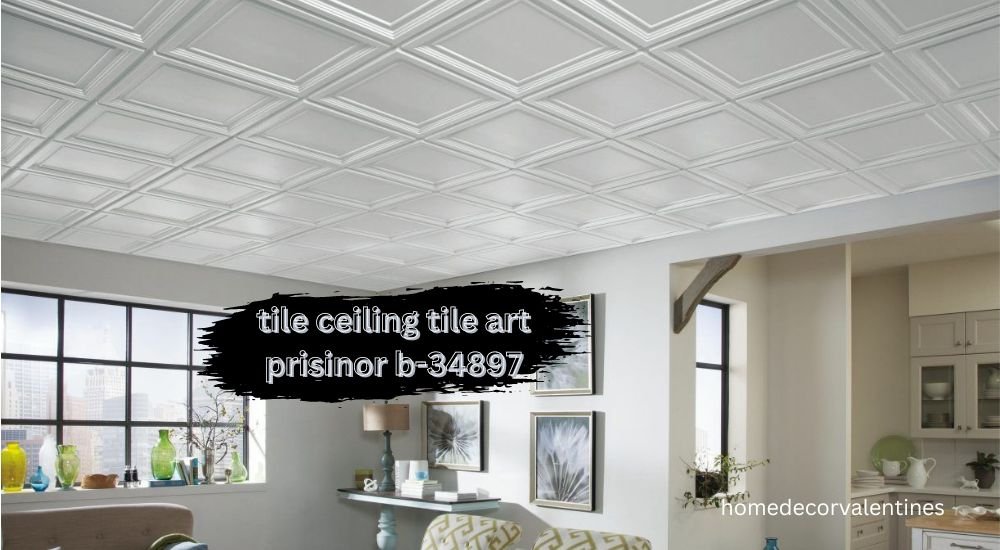The Role of Acoustical Panels in Modern Spaces
In today’s fast-paced world, where open-plan offices, collaborative spaces, and bustling environments are the norm, managing noise levels has become a critical aspect of designing comfortable and functional interiors. Acoustical panels have emerged as a solution to this growing challenge, offering a blend of aesthetic appeal and noise control.
This article explores the importance of acoustical panels, their benefits, and how they contribute to creating more harmonious environments.
The Need for Noise Control in Modern Spaces
With the rise of open-plan offices and multi-purpose spaces, the need for effective noise control has never been more evident. Excessive noise can lead to reduced productivity, increased stress levels, and overall discomfort. In educational settings, poor acoustics can affect students’ concentration and learning. In healthcare environments, noise can hinder recovery and create a stressful atmosphere for patients. This is where acoustical panels come into play, offering a practical solution to manage and reduce unwanted noise.
What Are Acoustical Panels?
Acoustical panels are specialized building materials designed to absorb sound waves and reduce noise levels within a space. These panels are typically made from materials like foam, fabric, or fiberglass, which are excellent at trapping sound. By strategically placing these panels on walls, ceilings, and other surfaces, they help minimize echoes, reverberation, and overall noise pollution.
Benefits of Acoustical Panels
One of the primary advantages of acoustical panels is their ability to improve sound quality within a room. By reducing unwanted noise and controlling sound reflections, these panels create a more pleasant and acoustically balanced environment. This is particularly important in spaces like conference rooms, recording studios, and auditoriums, where clear communication and sound quality are paramount.
Moreover, acoustical panels are not just functional; they also enhance the visual appeal of a space. Available in a wide range of colors, shapes, and designs, these panels can be customized to complement any interior aesthetic. Whether you prefer a sleek, modern look or a more traditional style, there’s an acoustical panel to match your vision.
Another significant benefit of acoustical panels is their contribution to employee well-being and productivity in the workplace. Studies have shown that noise pollution in offices can lead to decreased concentration and increased stress levels. By integrating acoustical panels into office design, companies can create a quieter, more focused environment, ultimately boosting employee satisfaction and performance.
Selecting the Right Acoustical Panels
When choosing acoustical panels, it’s essential to consider the specific needs of your space. Factors such as the size of the room, the level of noise, and the desired aesthetic should all play a role in your decision-making process. Consulting with an acoustics professional can also help ensure that you select the most effective panels for your needs.
It’s also worth noting that acoustical panels can be used in combination with other soundproofing measures, such as carpeting, curtains, and acoustic ceiling tiles, to achieve optimal results. By taking a comprehensive approach to sound management, you can create an environment that is not only quieter but also more comfortable and enjoyable to be in.
Final Thoughts on Acoustical Panels
In conclusion, acoustical panels offer a practical, aesthetically pleasing solution to the growing problem of noise pollution in modern spaces. By improving sound quality, enhancing visual appeal, and contributing to overall well-being, these panels are an invaluable addition to any interior design project. Whether you’re looking to create a serene home environment, a productive office space, or a focused learning setting, acoustical panels can help you achieve your goals with style and efficiency.
If you gained new insights from this article, explore our blog, Gimkit, for more enlightening content.














Post Comment